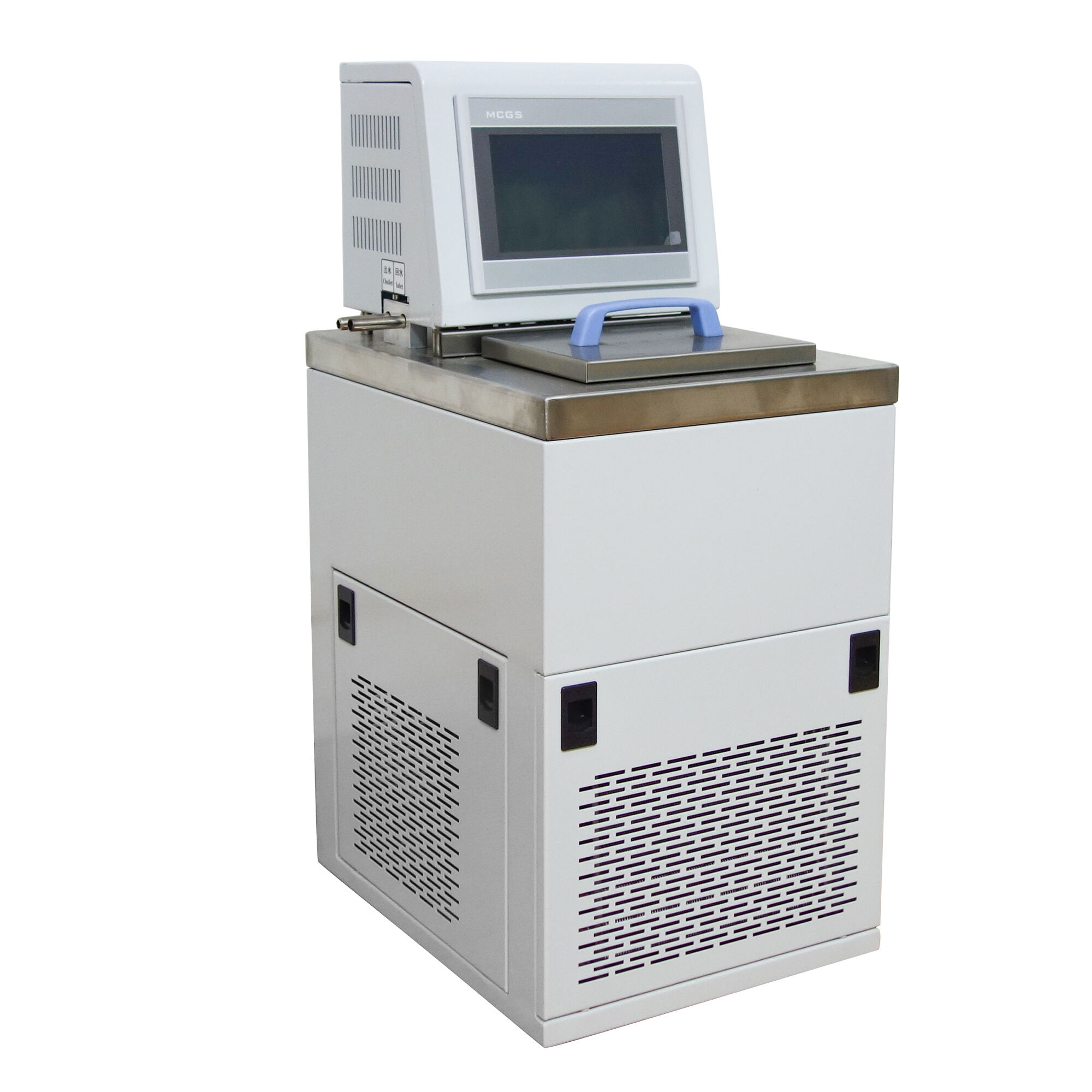use of water bath in laboratory
A laboratory water bath is an essential piece of equipment designed to maintain samples at controlled temperatures. This versatile instrument consists of a heated container filled with water, providing uniform and gentle heating for various laboratory procedures. Water baths are extensively used in scientific research, medical laboratories, and industrial applications, offering temperatures typically ranging from ambient to 100°C. The main functions include sample incubation, enzyme reactions, cell culture maintenance, and material warming. Modern water baths feature digital temperature controls, precise temperature stability (±0.1°C), and safety features such as overheating protection. The equipment's design usually incorporates stainless steel construction for durability and corrosion resistance, with insulated walls to maintain temperature consistency. Water baths can accommodate various container sizes through adjustable racks and come with options like gabled covers to prevent evaporation. Advanced models may include features such as programmable temperature profiles, stirring capabilities for enhanced temperature uniformity, and digital displays for accurate monitoring. The technology's reliability and precision make it indispensable for applications requiring consistent temperature maintenance, from molecular biology procedures to chemical analysis.


